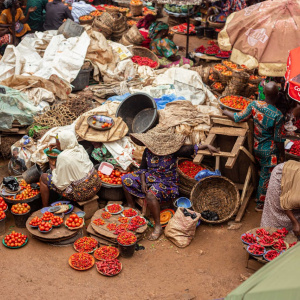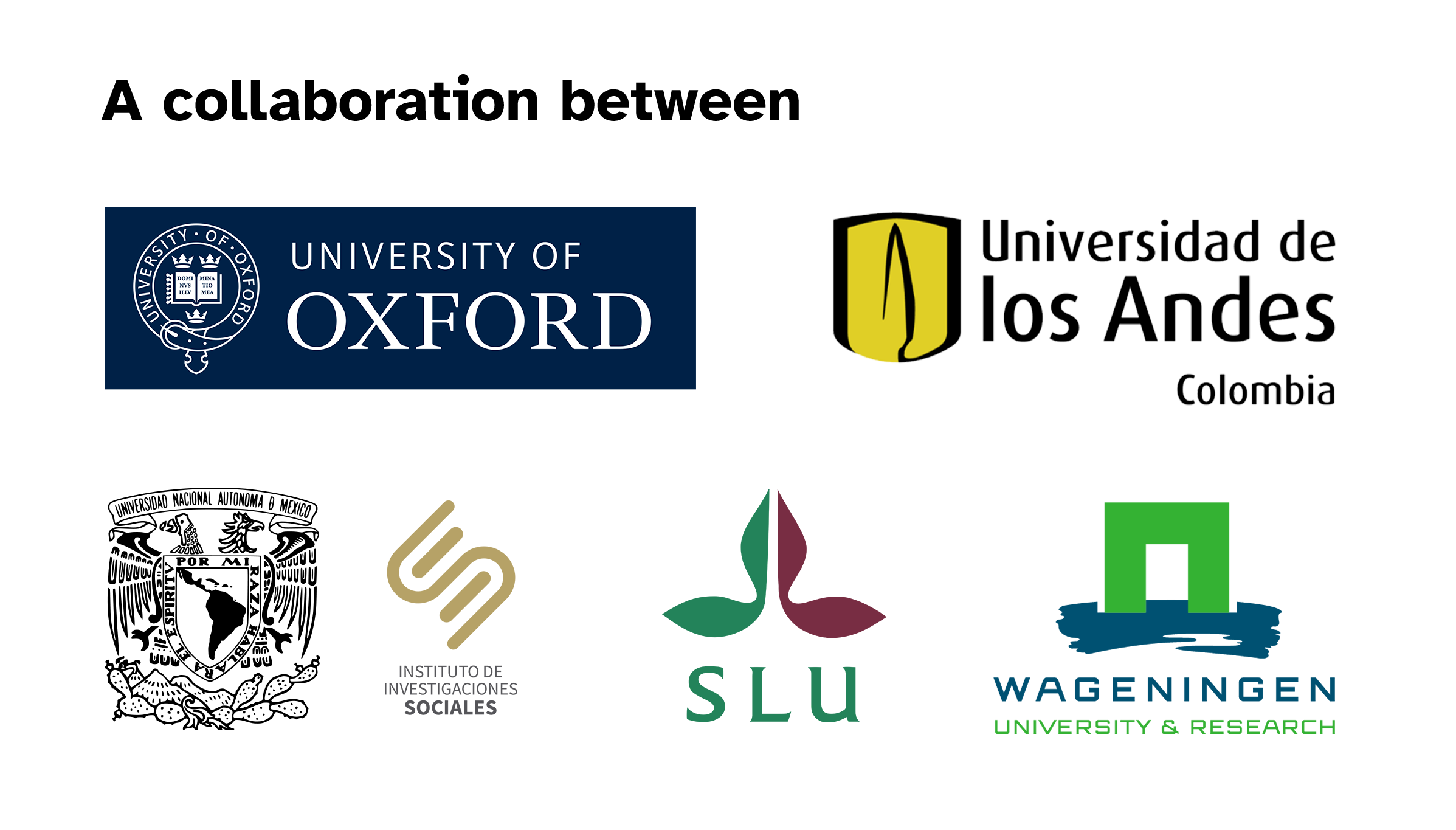
This study examines the different narratives of food security in sub-Saharan Africa, ranging from the “crisis narrative” pushed by aid agencies to “chronic poverty narrative”. It argues that certain framings of food security can lead to favouring certain understandings of problems and solutions.
Abstract
CONTEXT
Food insecurity remains a global challenge, with differing narratives shaping interventions in sub-Saharan Africa. The “crisis narrative,” favored by aid agencies, links insecurity to production issues, advocating agricultural innovations. Meanwhile, the “chronic poverty narrative,” reflected in African policy, ties insecurity to farmer poverty, emphasizing livelihood and economic solutions. Narrative subjectivity can lead to uncritical privileging of certain understandings and solutions, necessitating a critical exploration of contexts, causes, and solutions to food insecurity in the region. Our research addresses the need to understand and illustrate the complex problem of food insecurity in the region.
OBJECTIVE
This study employs a mixed-method approach, combining collaborative storytelling, model exploration, and scenario analysis, to investigate food security, agricultural innovation, and climate adaptation in Mali, West Africa.
METHODS
We developed a three-stage methodology represented as a story arc: beginning (exposition and problem statement), development (action), and completion (solution), providing a cohesive narrative framework. The arc unfolds with the story exposition introducing characters, plot, and problem statement. The story development includes participant-led model simulations and modeler-led scenario analysis. The story completion integrates insights from model simulations and scenario analysis to develop the collective understanding of the narratives surrounding food (in)security.
RESULTS AND CONCLUSIONS
This study generates several insights that highlight the inherent complexities within agricultural innovation systems that emerge from the non-linear dynamic interaction of actors operating across scales that contribute to food insecurity. We redirect the focus of narratives of causes (and subsequent solutions) of food insecurity from solely climate-driven production losses and poverty to the complex interplay of climate, agroecology, innovation networks, risk perception, innovation beliefs, desires, and knowledge transmission. A shared narrative emerges, characterizing food security as a complex adaptive system influenced by factors such as climate-induced production variability, agroecological heterogeneity, network structures and climate risk perception. The study underscores the methodological value of collaborative storytelling and model simulation to enable a structured and reflective exploration of these complex systems. By transforming participants into co-creators of knowledge, this methodology fosters systems thinking, turning abstract systemic relationships into tangible, actionable insights.
SIGNIFICANCE
Our study demonstrates the need to critically reevaluate the role of narratives in shaping agricultural innovation systems and their capacity to transform food systems toward enhanced sustainability and food security. Our participatory and systems-driven approach offers a pathway to more adaptive and effective interventions in the face of complex, dynamic challenges.
Reference
Udita Sanga, Maja Schlüter,
Stories, simulations and narratives: Collaboratively exploring food security and agricultural innovation in sub-Saharan Africa, Agricultural Systems, Volume 224, 2025, 104241, ISSN 0308-521X,
https://doi.org/10.1016/j.agsy.2024.104241.
Read more here. See also the TABLE explainer, what is food security?







Post a new comment »